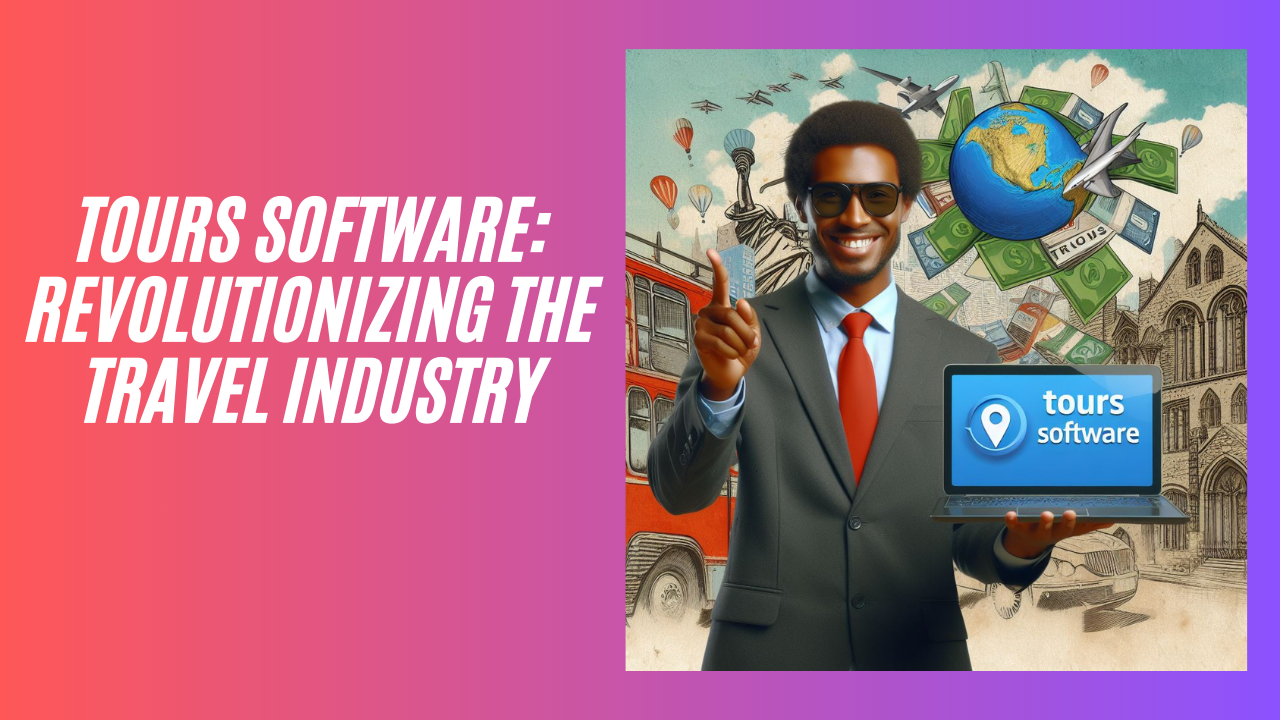Walkthrough Software: 4 Important Questions
Introduction to Walkthrough Software:
Businesses are continuously seeking for methods to enhance their operations, streamline their procedures, and increase productivity in today’s fast-paced and fiercely competitive market. Walkthrough software is one of the best instruments for attaining these objectives. You may record, evaluate, and optimise your workflows with walkthrough software, which gives you the information you need to make wise decisions and promote continual progress.
If you’re a manager, team leader, or business owner, learning how to use walkthrough software can change everything for your company. But where do you even begin? How do you pick the best walkthrough program for your requirements? And how do you make the best use of it?
In this comprehensive guide, we’ll take you through everything you need to know about walkthrough software, from the basics of what it is and how it works to the specific steps you can take to optimise your workflows and achieve maximum productivity.
What is Walkthrough Software?
A form of software called walkthrough allows you to record and evaluate your workflows, giving you in-depth insights into your operations and assisting you in locating areas for improvement. You can observe exactly how your workflows are working and where any bottlenecks or inefficiencies may be occurring by using the software to record screenshots and keystrokes as you conduct your duties.
Once you have captured your workflows, you can then analyse the data using a range of powerful tools and features, including heat-maps, analytics dashboards, and reporting functionality. This allows you to identify trends, patterns, and opportunities for improvement, enabling you to streamline your workflows, optimise your processes, and drive continuous improvement.
How does Walkthrough Software Work?
It works by capturing screenshots and keystrokes as you perform your tasks, allowing you to see exactly how your workflows are functioning and where any bottlenecks or inefficiencies may be occurring. The software typically runs in the background, recording everything you do and providing you with real-time feedback on your processes.
Once you have captured your workflows, you can then analyse the data using a range of powerful tools and features. For example, you can use heat-maps to visualise the frequency and duration of specific tasks, helping you identify areas where improvements can be made. You can also use analytics dashboards to track key metrics such as productivity, efficiency, and quality, allowing you to monitor your progress and make data-driven decisions.
Benefits of Walkthrough Software
It offers a range of benefits for businesses of all sizes and industries. Some of the key benefits include:
Streamlined processes: By identifying bottlenecks and inefficiencies in your workflows, you can streamline your processes and reduce the time and resources required to complete tasks.
Improved productivity: By optimising your workflows and eliminating time-wasting activities, you can improve productivity and achieve more in less time.
Enhanced quality: By identifying and addressing quality issues in your workflows, you can improve the overall quality of your products or services and increase customer satisfaction.
Increased profitability: By reducing costs and increasing productivity, it can help you increase profitability and grow your business.
Choosing the Right Software
Choosing the right walkthrough software is critical to ensuring that you get the most out of this powerful tool. While choosing, there are several factors you should consider, including:
Features: Look for software that offers a range of powerful features and tools, including heat maps, analytics dashboards, and reporting functionality.
Ease of use: Choose software that is intuitive and easy to use, with a user-friendly interface and clear instructions.
Compatibility: Make sure the software is compatible with your operating system and other software tools you use.
Price: Consider your budget and choose software that offers a good balance of features and affordability.
Customer support: Look for software that offers reliable customer support, including technical support, training, and resources.
Using Walkthrough Software: A Step-by-Step Guide
Now that you understand the basics of this and how to choose the right tool for your needs, it’s time to dive into the specifics of how to use this powerful tool to optimise your workflows and achieve maximum productivity. Here is a step-by-step guide to using this software:
Set your goals: It is important to set clear goals for what you want to achieve before you start using it.. This might include improving efficiency, reducing costs, increasing productivity, or enhancing quality.
Choose your workflows: Identify the workflows that you want to analyse and optimise using walkthrough software. This might include specific processes or tasks that you want to improve.
Record your workflows: Use it to record your workflows, capturing screenshots and keystrokes as you perform your tasks.
Analyse your data: Once you have recorded your workflows, use the software’s powerful tools and features to analyse your data. This might include using heat-maps to visualise the frequency and duration of specific tasks, using analytics dashboards to track key metrics, and generating reports to identify trends and patterns.
Identify areas for improvement: Based on your analysis, identify areas where improvements can be made. This might include streamlining processes, eliminating bottlenecks, reducing errors, or improving quality.
Implement changes: Once you have identified areas for improvement, implement changes to your workflows based on your findings. This might include changing the order of tasks, redesigning processes, or introducing new tools or technology.
Monitor your progress: Continuously monitor your progress using the walkthrough software’s analytics dashboards and reporting functionality. This will allow you to track your progress, identify any new areas for improvement, and make data-driven decisions.
Iterate and improve: Finally, use the insights you gain from walkthrough software to continuously iterate and improve your workflows, driving ongoing optimisation and improvement.
FAQs
Q: Is walkthrough software easy to use?
A: Yes, walkthrough software is typically designed to be intuitive and easy to use, with a user-friendly interface and clear instructions.
Q: Can walkthrough software help me improve my productivity?
A: Yes, walkthrough software can help you identify bottlenecks and inefficiencies in your workflows, allowing you to optimise your processes and improve your productivity.
Q: How do I choose the right walkthrough software for my needs?
A: When choosing walkthrough software, consider factors such as features, ease of use, compatibility, price, and customer support.
Q: Can walkthrough software be used in any industry?
A: Yes, walkthrough software can be used in a wide range of industries, including manufacturing, healthcare, finance, and more.
Conclusion
Walkthrough software is a powerful tool for optimising your workflows, improving productivity, and driving continuous improvement. By capturing and analysing your workflows, you can gain valuable insights into your processes, identify areas for improvement, and make data-driven decisions. With the right walkthrough software and a solid understanding of how to use it effectively, you can streamline your processes, enhance quality, and achieve maximum productivity.
Read more blogs by clicking the link below:
https://blog.cloudpano.com/how-to-sell-atvs-and-side-by-sides-with-360-spin-software/











